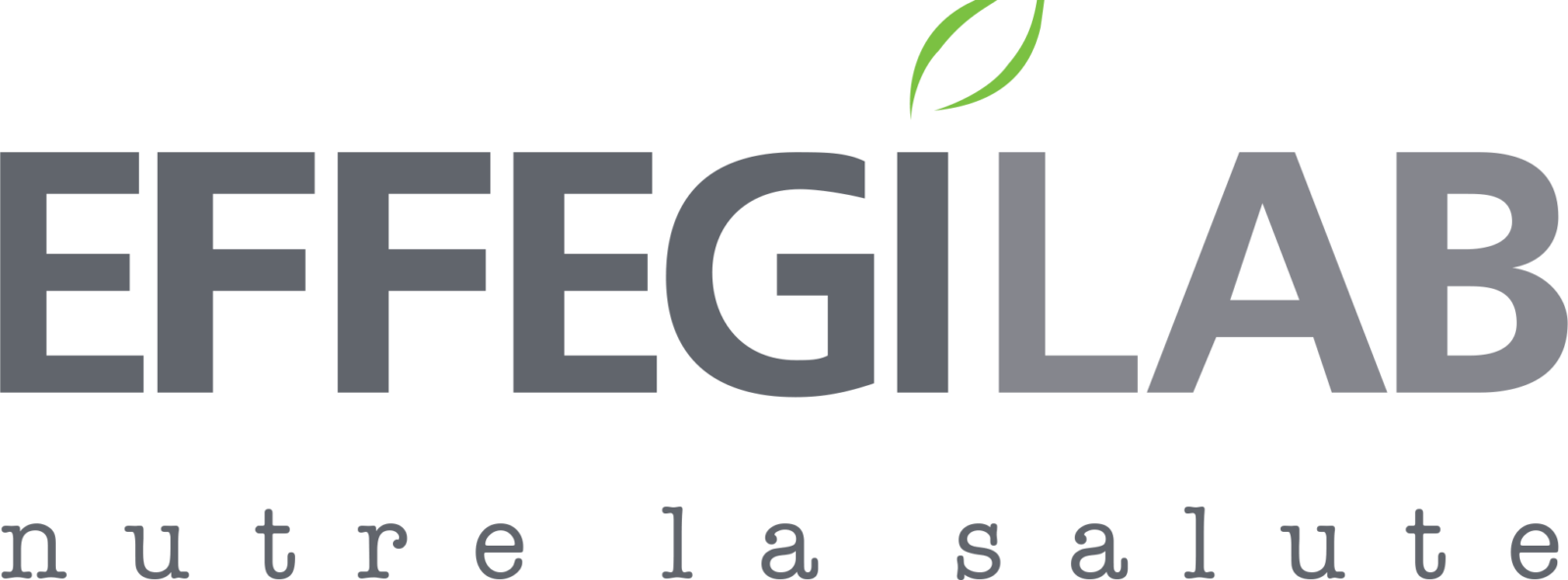Considering the unsatisfactory treatments currently available for hair loss, significant studies are still needed to identify new and more effective treatment strategies for alopecia.
Human hair and scalp follicles are promising targets for the treatment of hair loss [327]. The presence of binding sites for melatonin in the hair follicles of mice and goats has been known for a long time and it has recently been shown that the human scalp is an additional site for melatonin synthesis, where it modulates hair growth, pigmentation and shedding.
The alteration of the hair cycle is an important parameter for hair loss. The hair growth phase is known as anagenesis, the regression phase of the hair follicle is known as catagenesis, and its quiescence is known as telogenesis [328].
Pigmented keratin fibers (for example, hair) with high tensile strength are known as anagenic hair bulbs. Hair production decreases due to apoptosis of epithelial cells and melanocytes, due to the weakening of the hair shaft and upward displacement.
There melatonin it plays a role in controlling the hair cycle by downregulating apoptosis and the expression of estrogen receptors. Anagenic hair bulbs could exploit melatonin synthesis as a self-cytoprotective and DNA repair strategy. Hair loss mainly results from abnormalities in the follicle and melatonin cycle. Thus, hair cycle modulators may play a role in controlling hair loss. [329,330] As melatonin levels decline after the age of 20 and problems related to hair loss often starting around this age, melatonin is likely to play a role in this condition.
Extract from the thesis "Melatonin in the plant world (Phytomelatonin): therapeutic properties and future perspectives" by Dr. Giorgio Guerrini
For further information, please refer to the bibliography page.
The information contained on the Site, in the various articles, in the contents, in any responses to comments, are for informational purposes only and in no way have the claim or purpose of replacing the opinion of the doctor and / or specialist, of others. health professionals or professionals in the sector who must in any case be contacted and consulted for the formulation of a diagnosis or the indication of a possible correct therapeutic and / or dietary and / or food supplement program, and more generally for the comparison on this information. In no case will the Site, the Publisher who manages it, the authors of the articles and / or contents and / or comments and / or blogs, or other subjects connected to the Site, be responsible for any damage, even if only hypothetically connected. the use of the contents and / or information present on the Site. The Site assumes no responsibility for the misuse that users may make of the information contained in the Site.








